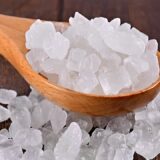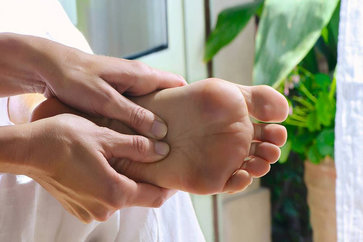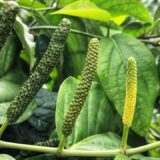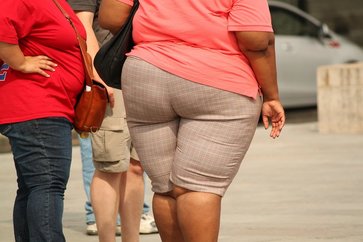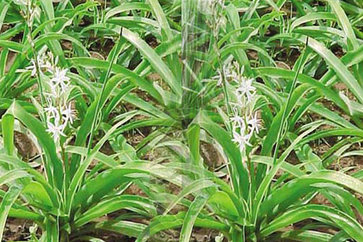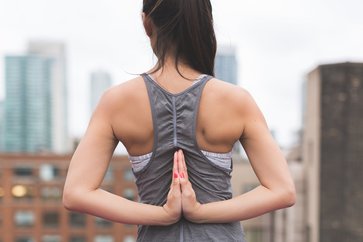Top 13 Best Ayurvedic Treatments and Their Health Benefits
Ayurveda, a 5,000-year-old system of medicine originating in India, is one of the oldest and most holistic healing traditions in the world. Rooted in the understanding that health is a balance of mind, body, and spirit, Ayurveda emphasizes the prevention of illness and the restoration of harmony through natural treatments.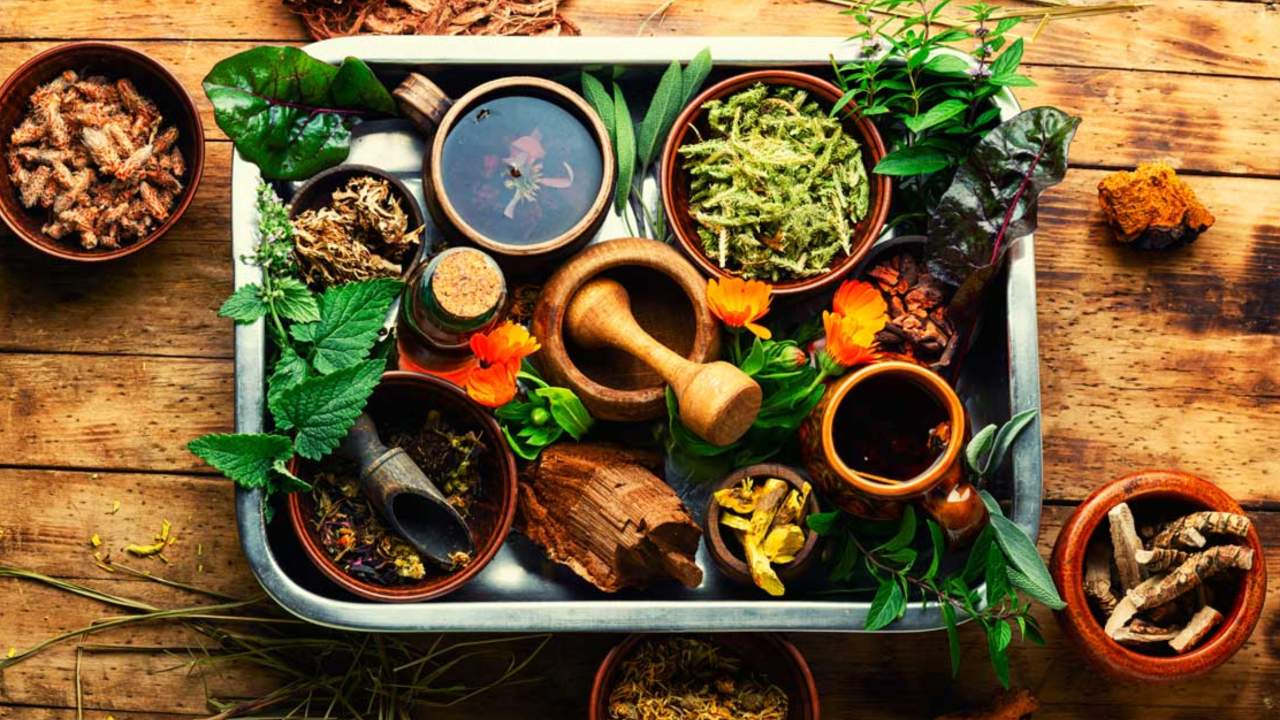
This ancient practice includes various therapeutic techniques such as herbal remedies, diet adjustments, detoxification processes, yoga, meditation, and massage therapies. In this article, we will explore the principles, treatments, benefits, and considerations of Ayurveda.
Understanding Ayurveda
Ayurveda is derived from two Sanskrit words: “Ayur,” meaning life, and “Veda,” meaning knowledge. Thus, Ayurveda can be translated as the “science of life.”
Its core principle is that health is a state of balance between the body, mind, and spirit. When these elements are in harmony, the body functions optimally, and disease is prevented.
The Ayurvedic system is based on the concept of three doshas (Vata, Pitta, and Kapha), which are fundamental energies that govern bodily functions.
Every person has a unique combination of these doshas, and an imbalance can lead to physical or mental health issues. Ayurveda strives to restore the equilibrium of the doshas and promote overall wellness.
Principles of Ayurveda
1. The Three Doshas
- Vata: Composed of the elements of air and space, Vata governs movement in the body, including breathing, circulation, and the nervous system. When in balance, Vata fosters creativity and vitality, but an imbalance can cause anxiety, dry skin, and digestive issues.
- Pitta: Made up of fire and water, Pitta is responsible for metabolism, digestion, and transformation. It also governs emotions like anger. When balanced, Pitta promotes clarity, intelligence, and ambition. However, an imbalance can lead to irritability, digestive issues, and skin problems like acne.
- Kapha: Composed of earth and water, Kapha is associated with structure and stability in the body. It governs the body’s immune system and lubrication. A balanced Kapha provides strength and endurance, while an imbalance can result in sluggishness, weight gain, and respiratory conditions.
2. The Five Elements (Pancha Mahabhutas)
Ayurveda also recognizes five fundamental elements that constitute the universe, including the human body: Earth, Water, Fire, Air, and Ether (Space). These elements combine to form the doshas, and their balance or imbalance directly affects health.
3. The Concept of Agni (Digestive Fire)
Agni, or digestive fire, is a central concept in Ayurveda. It governs digestion, absorption, and assimilation of food and nutrients. When Agni is strong, the body efficiently processes food and maintains health. However, weak or impaired Agni leads to digestive disorders and the accumulation of toxins (Ama), which are considered the root cause of disease.
Ayurvedic Diagnosis
Before recommending treatments, Ayurvedic practitioners conduct a thorough diagnosis to determine the patient’s dosha constitution and identify imbalances. This process is holistic and involves:
1. Pulse Diagnosis (Nadi Pariksha) Ayurvedic practitioners use pulse diagnosis to assess the state of the doshas in the body. By feeling the pulse at different points on the wrist, they can determine the overall health and energy levels.
2. Tongue Diagnosis (Jihva Pariksha) The appearance of the tongue, including its color, shape, and coating, provides valuable information about the health of the digestive system and the balance of doshas.
3. Observation and Questioning (Darshan and Prashna) Practitioners observe the patient’s physical appearance, behavior, and emotional state, and may ask questions about lifestyle, diet, and symptoms to uncover deeper insights into the individual’s health.
4. Examination of Stool, Urine, and Other Body Functions Ayurveda places importance on bodily excretions such as stool and urine, as they reveal much about digestion, toxin buildup, and dosha imbalances.
Top 13 Effective Ayurvedic Treatments
Ayurveda is a holistic science that focuses on harmonizing the mind, body, and spirit through natural therapies. Below is a detailed account of 20 Ayurvedic treatments, including their extended introductions, processes, and benefits.
1. Panchakarma Therapy
Panchakarma, meaning “five actions,” is Ayurveda’s flagship detoxification therapy. It is a systematic process that cleanses the body of deep-seated toxins and restores dosha balance.
The five steps include Vamana (therapeutic emesis), Virechana (purgation), Basti (enema), Nasya (nasal cleansing), and Raktamokshana (bloodletting). This therapy is preceded by preparatory treatments like Snehan (oleation) and Swedana (fomentation).
- Benefits: Panchakarma is ideal for seasonal detoxification and addressing chronic diseases like arthritis, skin disorders, diabetes, and neurological conditions. It boosts immunity, enhances metabolic function, and rejuvenates both body and mind.
2. Abhyanga (Oil Massage)
Abhyanga is a full-body massage performed with warm, medicated oils, often infused with herbs such as Ashwagandha, Bala, or Shatavari.
The oils are selected based on the individual’s dosha constitution and health condition. This therapy is deeply nourishing and forms a part of daily Ayurvedic rituals.
- Benefits: Abhyanga enhances lymphatic circulation, detoxifies the skin, relieves joint and muscle stiffness, calms the nervous system, and promotes restful sleep. It is also known to improve skin elasticity, slow aging, and balance emotions.
3. Shirodhara
Shirodhara involves a gentle, continuous stream of warm herbal oil or buttermilk poured on the forehead, focusing on the Ajna chakra (third eye). It is often combined with head massage to amplify its calming effects, helping to reduce stress, anxiety, and mental fatigue.
This therapy enhances relaxation, promotes deep sleep, and rejuvenates the mind, making it an ideal treatment for those seeking emotional balance and mental clarity.
- Benefits: This therapy is highly effective for managing insomnia, chronic headaches, anxiety, and hypertension. It enhances mental clarity, improves concentration, and induces a state of deep relaxation, making it a popular choice for mental health.
4. Swedana (Steam Therapy)
Swedana is a steam therapy where the body is exposed to herbal steam while the head is kept cool. This promotes sweating and opens the pores for toxin removal, helping to purify the body. Herbs like Neem, Tulsi, and Eucalyptus are commonly used in Swedana for their antibacterial, anti-inflammatory, and respiratory benefits.
This therapy aids in detoxification, improves circulation, and relieves muscle tension, making it effective for conditions such as joint pain, skin issues, and respiratory congestion.
- Benefits: This therapy reduces stiffness in joints, clears respiratory passages, enhances skin glow, and alleviates Kapha-related ailments like sinus congestion. Swedana is also excellent for improving circulation and relieving chronic pain.
5. Udwartana (Herbal Powder Massage)
Udwartana is a dry, upward-stroke massage using a blend of herbal powders such as Triphala, Sandalwood, and Vacha. It is particularly effective for Kapha dosha imbalances and is used in weight management programs to stimulate metabolism, reduce cellulite, and promote the elimination of toxins.
This invigorating treatment improves circulation, tones the skin, and enhances overall energy levels, making it ideal for those looking to detoxify and reduce excess body weight.
- Benefits: It aids in reducing obesity, eliminates excess fat deposits, improves skin texture, tones muscles, and stimulates blood circulation. Udwartana also helps in detoxifying the lymphatic system.
6. Basti (Medicated Enema)
Basti therapy involves the administration of herbal oils or decoctions through the rectum. This therapy targets Vata dosha and is a cornerstone of Panchakarma.
It is often considered the “mother of all treatments” due to its widespread benefits, including improving digestion, alleviating constipation, reducing joint pain, and balancing the nervous system.
Basti is particularly effective in treating conditions like arthritis, back pain, and digestive disorders by deeply nourishing and rejuvenating the body.
- Benefits: Treats constipation, joint pain, sciatica, neurological disorders, and chronic fatigue. Basti also rejuvenates the colon, enhances nutrient absorption, and balances hormonal functions.
7. Nasya (Nasal Therapy)
Nasya involves introducing medicated oils, powders, or herbal juices through the nasal passage. The nose is seen as the doorway to consciousness in Ayurveda, and this therapy helps in cleansing the head region, clearing nasal passages, and promoting mental clarity. It is effective for treating headaches, sinus issues, allergies, and stress, while also enhancing cognitive function and rejuvenating the senses.
- Benefits: Clears sinus congestion, alleviates migraines, reduces allergies, and strengthens sensory organs. Nasya also enhances respiratory health, improves memory, and balances emotions.
8. Netra Tarpana (Eye Therapy)
Netra Tarpana is a unique therapy where medicated ghee is poured into a dough-ring structure placed around the eyes. It is a rejuvenating treatment for ocular health, nourishing the eyes and improving vision by strengthening the eye muscles, reducing strain, and relieving dryness. This therapy is beneficial for conditions such as eye fatigue, dryness, and general eye discomfort.
- Benefits: Relieves dryness, strengthens the optic nerves, improves eyesight, and reduces strain caused by prolonged screen usage. This therapy is also helpful for conditions like cataracts, glaucoma, and conjunctivitis.
9. Vamana (Therapeutic Vomiting)
Vamana is a detoxification process where vomiting is induced using specific herbal preparations. It is particularly effective for Kapha-related disorders, helping to eliminate excess mucus, phlegm, and toxins from the respiratory and digestive systems.
This therapy is beneficial for conditions such as asthma, allergies, obesity, and respiratory infections by restoring balance to the body’s Kapha dosha.
- Benefits: Treats respiratory issues like asthma and bronchitis, clears toxins from the stomach, improves metabolism, and balances excess Kapha. It also helps manage skin issues and allergies.
10. Virechana (Purgation Therapy)
Virechana uses herbal laxatives to flush toxins from the digestive tract and liver. It targets Pitta dosha imbalances and is an integral part of Panchakarma, promoting detoxification, improving digestion, and balancing the body’s metabolic processes.
This therapy helps to relieve conditions like indigestion, skin disorders, and excess acidity by purging excess heat and toxins from the system.
- Benefits: Detoxifies the liver, treats acidity, enhances digestion, and alleviates skin disorders like eczema. Virechana also improves mental clarity by reducing excess heat in the body.
11. Raktamokshana (Bloodletting)
Raktamokshana involves the removal of impure blood using techniques like leech therapy or controlled bloodletting. It is a specialized therapy for treating blood-related disorders, helping to purify the blood, improve circulation, and address conditions such as acne, skin diseases, and chronic infections. This therapeutic process is believed to restore balance and detoxify the body by eliminating toxins.
- Benefits: Purifies the blood, alleviates skin conditions like psoriasis, reduces inflammation, and improves circulation. It also addresses issues like varicose veins and chronic ulcers.
12. Pizhichil (Oil Bath Therapy)
Pizhichil is a royal therapy where warm medicated oil is poured over the body while being massaged simultaneously. This treatment is both rejuvenating and detoxifying, helping to improve circulation, relieve stress, and restore balance to the body and mind. It is especially effective for alleviating muscle stiffness and promoting overall vitality.
- Benefits: Strengthens muscles, relieves joint pain, calms the nervous system, and improves overall vitality. It is highly beneficial for neurological disorders like paralysis and stress-related issues.
13. Kati Basti (Back Therapy)
Kati Basti involves placing a dough dam on the lower back and filling it with warm medicated oil, which is retained for a period of time. This therapy helps to alleviate chronic lower back pain, improve flexibility, and promote relaxation by nourishing the tissues and muscles of the back.
- Benefits: Alleviates lower back pain, strengthens spinal muscles, reduces sciatica symptoms, and improves mobility.
Ayurvedic treatments offer a natural and holistic approach to enhancing overall health and wellness. By incorporating these time-tested remedies into daily life, individuals can experience improved physical, mental, and emotional well-being.






